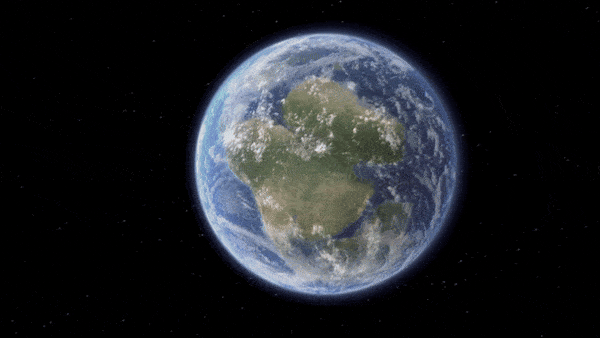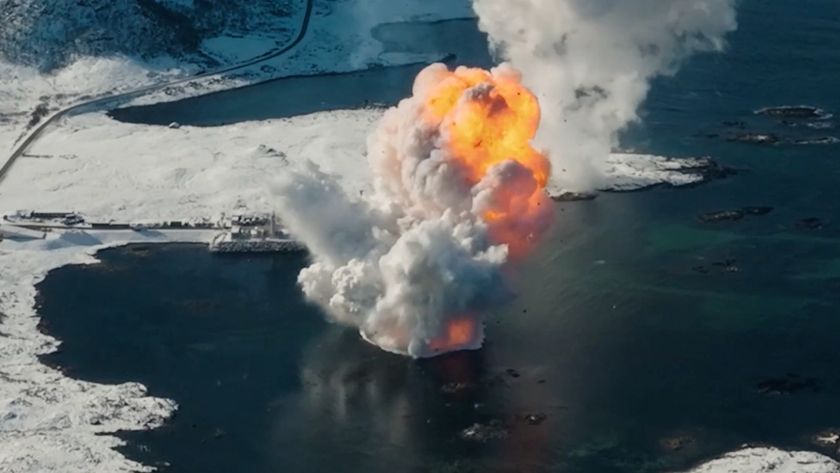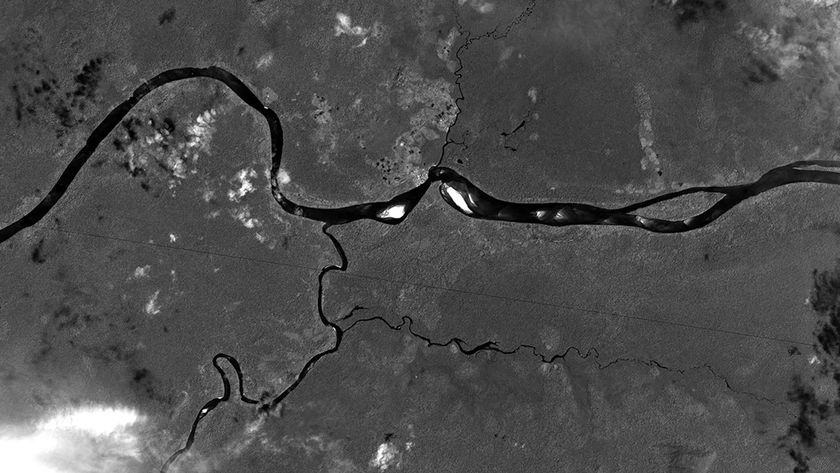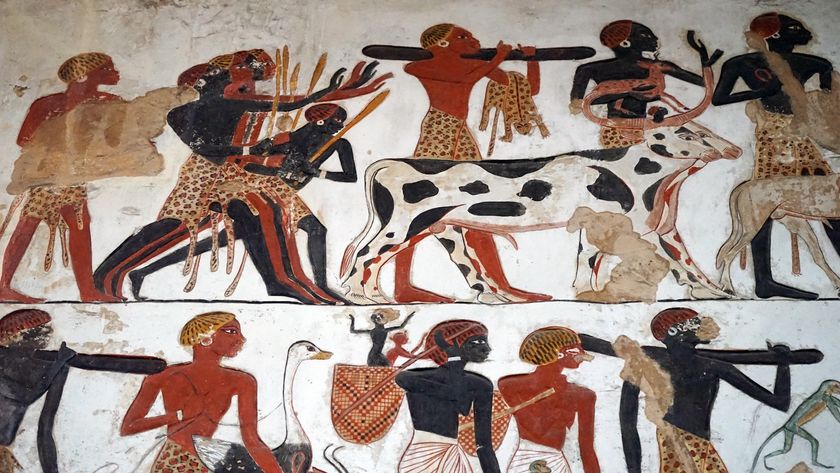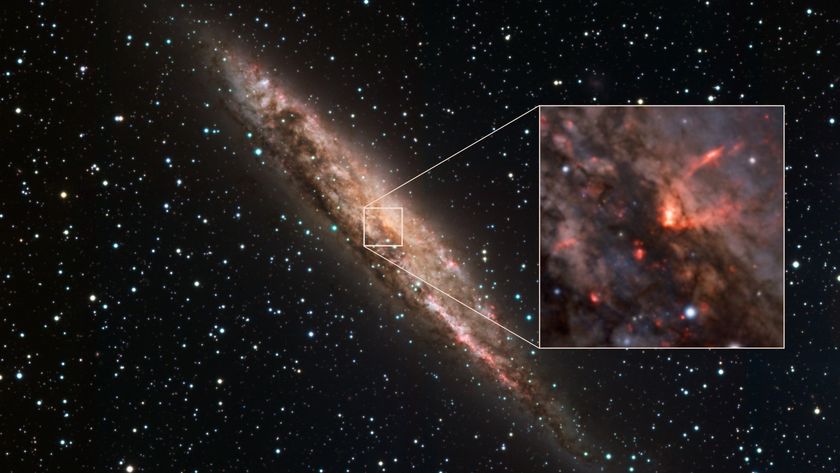Comet May Not Have Rocked Stone Age World

While most scientists agree that a large object from space likely crashed into Earth and led to the eventual demise of the dinosaurs, a new study takes aim at theories that suggest similar events spelled bad news for large animals and Stone Age hunters nearly 13,000 years ago.
For about three years, scientists have debated over what caused drastic climate changes and gaps in the archaeological record at the end of the Pleistocene Epoch, a period of time spanning from about 1.8 million to 11,500 years ago.
They puzzled over what could have caused what appeared in the fossil record to be the extinction of more than three-fourths of North America's large Ice Age animals while also nearly wiping out the Clovis people – a Stone Age group that had only recently immigrated to the continent.
Evidence against a comet strike
Theories emerged that a comet may have slammed into the ice fields of eastern Canada, sufficiently altering the climate enough to wipe out large animals such as mastodons and woolly mammoths, and devastate the population of the continent's first human inhabitants.
Yet, in a new study led by Vance Holliday, an anthropology professor at the University of Arizona in Tucson, the researchers found that archaeological evidence for such a catastrophic event seems rather thin.
"We looked at the archaeological record, and the more we dug, the weaker the evidence got in support of a comet impact," Holliday told LiveScience. "Nothing unusual jumped out at us."
Sign up for the Live Science daily newsletter now
Get the world’s most fascinating discoveries delivered straight to your inbox.
In fact, Holliday and his colleague David Meltzer, an archaeologist at Southern Methodist University in Dallas, argue that whether or not such an extraterrestrial event occurred, there is nothing in the archaeological record that indicates the Clovis hunters suddenly perished along with the animals.
"With hunters and gatherers, you almost never find continuous occupation of places, so there are gaps in the archaeological record all over the place" Holliday explained. "People looked at the gaps, and therefore claims were made that these Clovis sites were sterile and the people were wiped out. But, if you look at the archaeological record, that's very normal at the time. The lack of archaeology post-Clovis doesn't mean anything."
The researchers found that the nomadic lifestyle of the Clovis meant that many sites were never occupied more than once, which is not altogether uncommon for the time period.
Meet the Clovis
The Stone Age hunter-gatherers came to be known as the Clovis, because their large, fluted spear points (likely designed to hunt large animals) were first found near Clovis, N.M.
Supporters of the comet theory backed up their hypothesis by noting that few Clovis sites continued to be occupied after their inhabitants stopped crafting the tools. Furthermore, the few ancient Clovis sites that were found to be occupied by post-Clovis people appeared to show a significant passage of time between them – in some cases as much as five centuries.
In their study, Holliday and Meltzer concluded that the more probable explanation is that hunting populations simply shifted their patterns of hunting to different animals.
"We saw that the artifact styles had changed, but that's nothing new," Holliday said. "As far as we could tell, the people didn't become extinct – they just started making other tools."
The researchers examined radiocarbon dates and sifted through evidence from more than 40 archaeological sites. They concluded that gaps across time, and the disappearance of the signature spear points at Clovis sites, were more likely the result of shifting settlement patterns brought about by the nature of a nomadic existence.
"Whether or not the proposed extraterrestrial impact occurred is a matter for empirical testing in the geological record," Holliday wrote in the October issue of the journal Current Anthropology. "Insofar as concerns the archaeological record, an extraterrestrial impact is an unnecessary solution for an archaeological problem that does not exist."
Denise Chow is a staff writer for SPACE.com, a sister site to Live Science.

Denise Chow was the assistant managing editor at Live Science before moving to NBC News as a science reporter, where she focuses on general science and climate change. Before joining the Live Science team in 2013, she spent two years as a staff writer for Space.com, writing about rocket launches and covering NASA's final three space shuttle missions. A Canadian transplant, Denise has a bachelor's degree from the University of Toronto, and a master's degree in journalism from New York University.

